What’s the Right Refrigerator Temperature to Keep Food Fresh? 5 Simple Tips
-
Pete Ortiz
- Last updated:

You put food in the refrigerator for two reasons: to keep your food fresh longer and to prevent the harmful growth of bacteria, like E. coli.
The good news is that you can achieve both goals by keeping your refrigerator at the right temperature. But how cold is cold enough and how cold is too cold? It is a fine line to walk, so here, we highlighted everything that you need to know about keeping your food fresh for as long as possible. Most experts recommend keeping your refrigerator temperature below 40 degrees Fahrenheit. Temperatures under this amount help inhibit bacterial growth and keep food fresh for as long as possible.
Normal Refrigerator Temperature
If you’re looking for a more specific temperature for your fridge, aim for about 38 degrees Fahrenheit. This gives your fridge a bit of wiggle room around the 40-degree mark, but it keeps it warm enough that things won’t start freezing inside.
You can lower the temperature further, but you might start to experience problems, like frozen eggs, if you go too much colder than 38 degrees Fahrenheit.
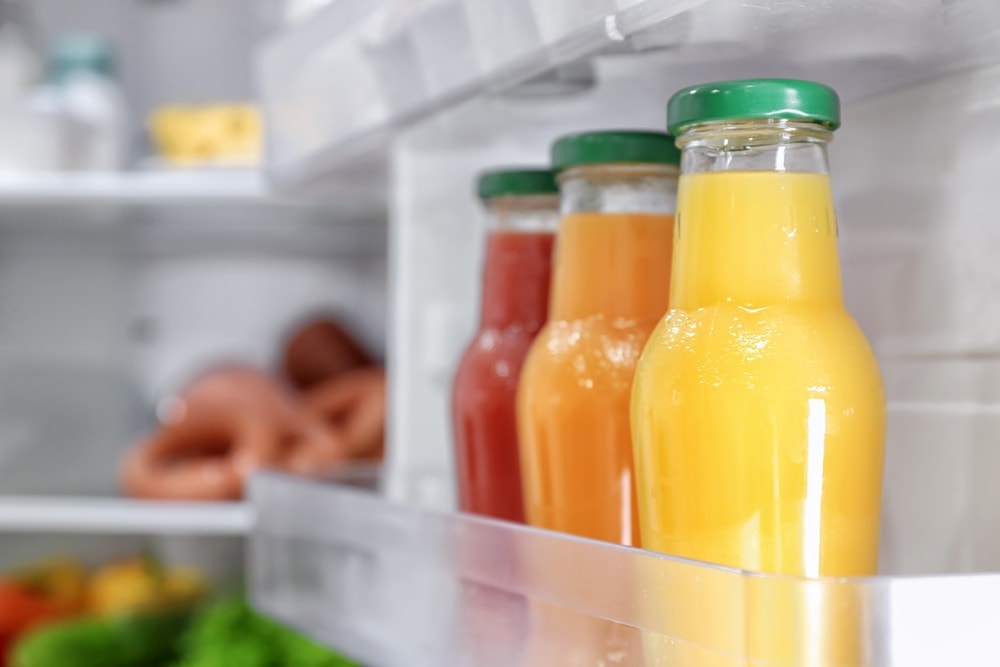
Why Is Below 40 Degrees Fahrenheit Ideal for Refrigerators?
This is the make-or-break point for bacterial growth, which is why you want to stay below the 40-degree mark. The closer that you can get your fridge to 32 degrees Fahrenheit without going under, the better.
The colder the refrigerator is, the longer that food will stay fresh and the slower that bacteria will grow. However, you do not want to freeze the food, for multiple reasons. First, freezing can inhibit some of the nutrients and flavor of the food, and second, if you freeze the food, it’s not ready to eat as quickly compared to just cooling it.
So, set your refrigerator to below 40 degrees Fahrenheit and then slowly lower the temperature. If things start to freeze, raise it back up; if not, the lower temperature is a better way to go!
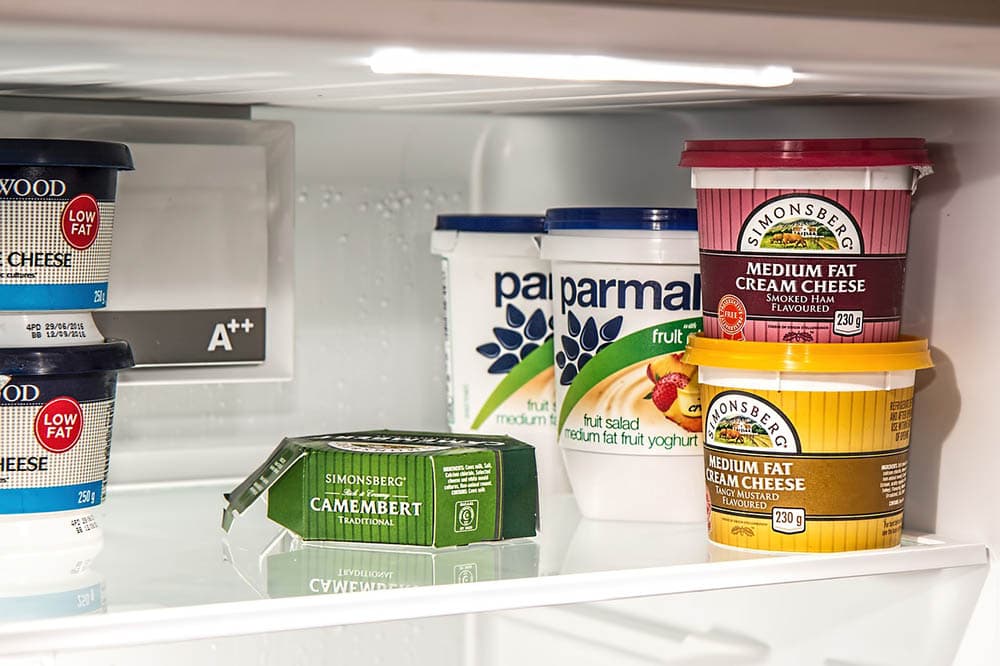
The 5 Tips for Getting Your Refrigerator Colder
1. Adjust the Knob
As long as everything is working on your fridge as it should, this is how you make the necessary adjustments to keep your food fresh. The knob itself is typically somewhere at the top half of the fridge.
This location might be a bit hard for you to reach, depending on where exactly it is and what’s in your fridge, but it also makes it more challenging for anything to accidentally hit the knob and change the temperature.
Make your adjustments depending on whether you need the refrigerator colder or warmer, and allow up to 24 hours for the refrigerator to adjust to the new temperature before making further changes.
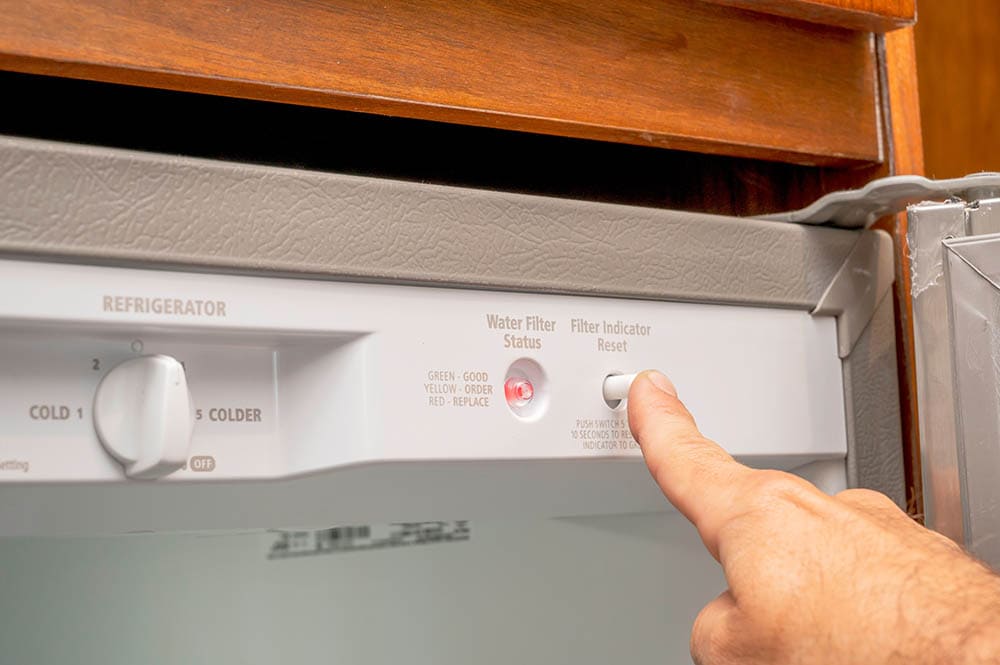
2. Keep It Closed
If your refrigerator is nearing the end of its life and struggling to stay cold enough, one of the best ways to keep the temperature down is to keep it closed as much as possible. Know what you’re getting before you open the fridge, and only keep it open long enough to get what you need.
3. Put Less Inside
Did you know that you can overstuff your fridge? The more stuff that’s in your fridge, the harder it has to work to keep everything at the right temperature. Moreover, the more stuff that’s in there, the more likely the fridge will keep certain areas cold, and the cold can’t get to other areas as effectively.
Newer fridges do a better job compensating for this, but as a fridge gets older, it can’t always work as hard as it needs to in order to keep everything at the optimal temperature.
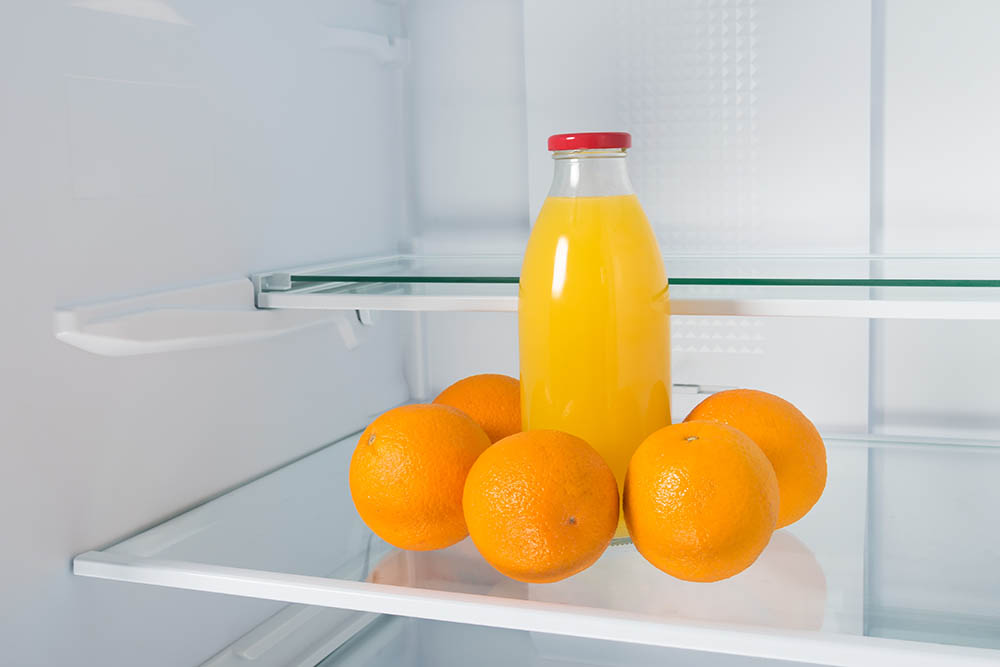
4. Put Things in the Back
If your fridge is struggling to keep things cold, start putting things as far back in the refrigerator as possible. While this won’t help keep the refrigerator colder, it will keep the items themselves colder.
5. Clean It Out
Sometimes all you need to do to get your refrigerator a little colder is clean things up. Take out the extra junk from the fridge, and get to the condenser and clean that off too. Clean the fridge inside and out, and you should get the best possible performance and get things a bit colder.

Refrigerator vs Freezer
While you want to keep your refrigerator at temperatures between 32 and 40 degrees Fahrenheit, you want to keep your freezer much colder. In fact, you’re not just looking for below-freezing temperatures for your freezer (under 32 degrees Fahrenheit); ideally, you’re looking for a temperature below 0 degrees Fahrenheit.
While both temperatures will freeze foods, it’s all about how long it takes for the food to freeze. Higher temperatures will make it take longer for foods to freeze, which can lead to shorter shelf lives.
Frequently Asked Questions (FAQs)
How Do You Know If Your Refrigerator Is Cold Enough?
While you can go by the in-unit thermostat on the refrigerator, if you don’t trust the reading, there are a few other things that you can do. One of the most accurate ways to get a temperature reading from the inside of your refrigerator is to put a glass of water inside it.
Let the water sit for 24 hours, then use a thermometer to get a temperature reading on the water. The temperature should match the temperature inside the refrigerator and the in-unit thermostat.
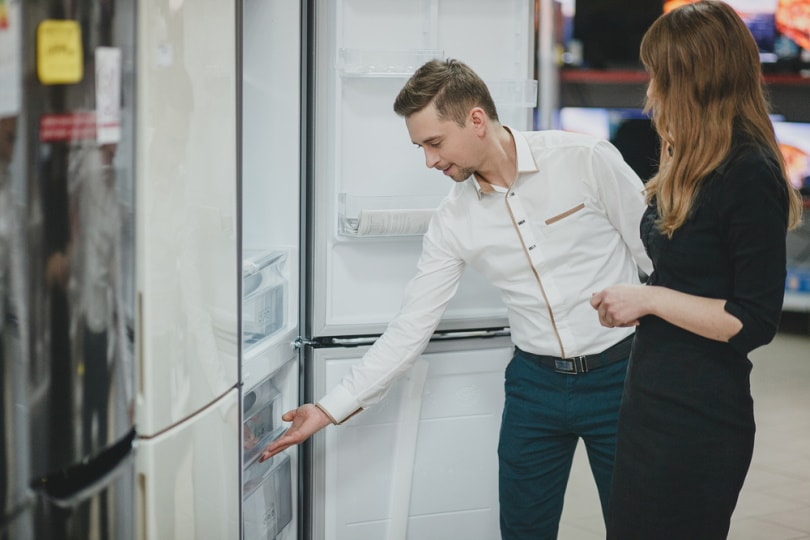
How Long Does a Refrigerator Last?
Much of this depends on the type and brand of refrigerator that you go with, but a typical refrigerator should last anywhere between 10 and 20 years. Some brands tend to last longer than others, but even the top brands tend to fail around the 20-year mark.
Are Higher Numbers Colder or Hotter on a Refrigerator?
If you’re adjusting the temperature setting on your refrigerator, the last thing that you want to do is turn the temperature the wrong way. Most refrigerators have the higher number referring to the amount of power coming from the refrigerator, giving you a colder temperature.
For instance, if your refrigerator has temperature settings between 1 and 5, temperature setting 5 should give you the coldest temperatures.
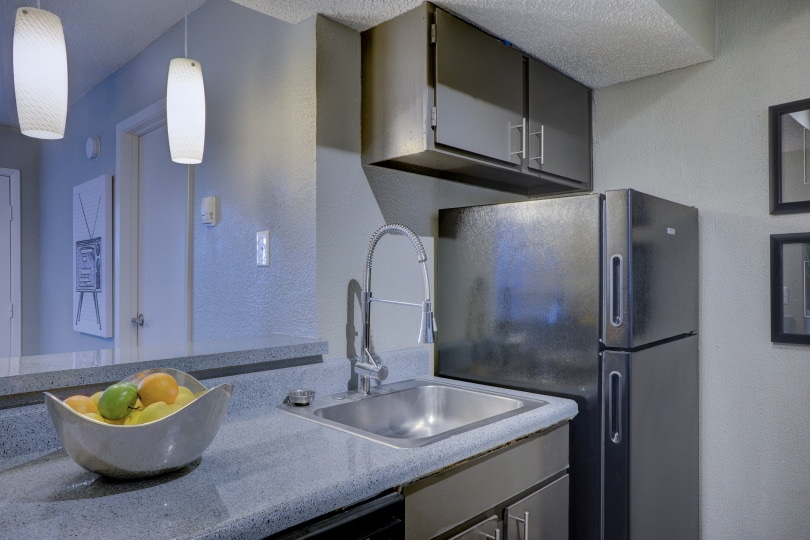
A Quick Reference Guide
| Food | Best Refrigerator Temperature |
| Meat | 28 to 32 degrees Fahrenheit |
| Fruit & Veggies | 32 to 35 degrees Fahrenheit |
| Milk | 34 to 38 degrees Fahrenheit |
| Eggs | 40 to 45 degrees Fahrenheit |
Conclusion
Now that you know what temperature is best for your fridge, all that’s left is for you to go in and ensure that your refrigerator is at the best possible temperature to keep your food safe and fresh.
All you should need to do is make a few tweaks to the temperature knob, but if that’s not doing the trick, you might want to start saving up for an appliance repair person or a new refrigerator.
Featured Image Credit: Polina Tankilevitch, Pexels
Contents


